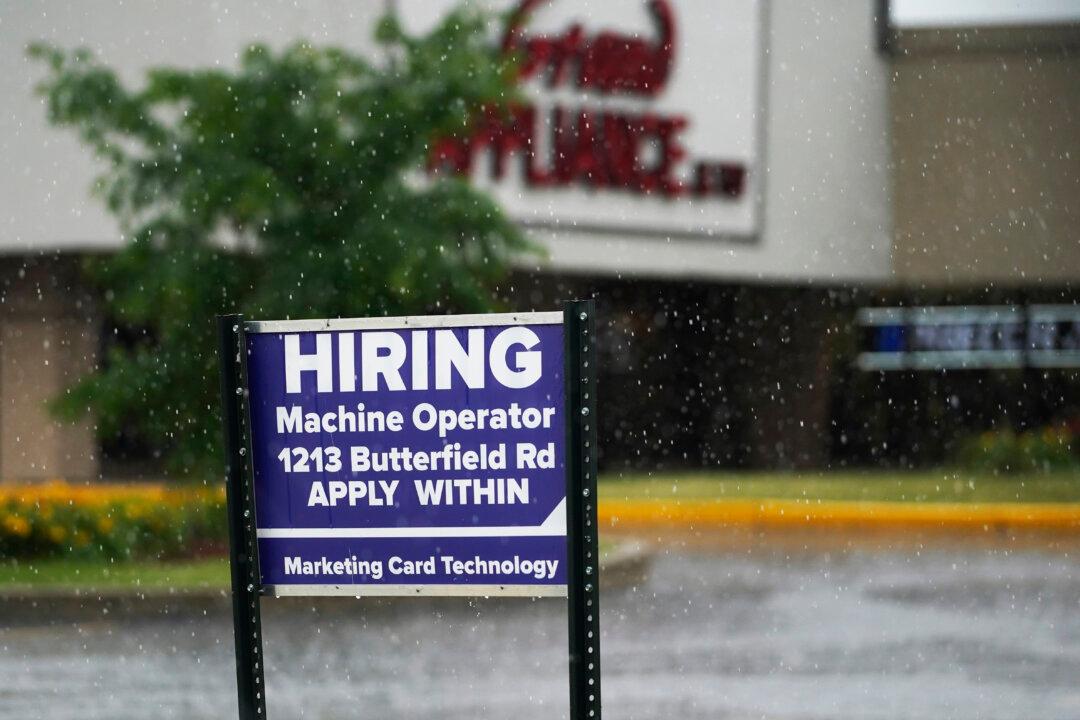The number of Americans filing for new unemployment benefit claims declined for the week ending on May 28, according to the latest data from the U.S. Labor Department.
The advance figure for seasonally adjusted initial claims was 200,000, down 11,000 from the previous week’s revised total of 211,000.





